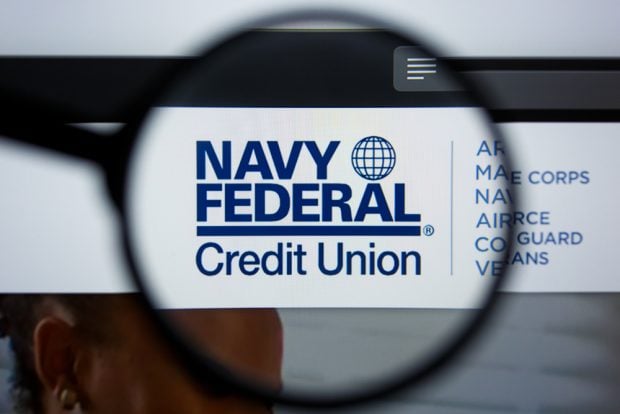EMV migration is a complex undertaking, and credit unions like IBM Southeast Employees' FCU in Delray Beach, Fla. have learned important lessons when it comes to juggling EMV timing, strategy and execution.
The credit union, which has $884 million in assets and 73,000 members, has about 24,000 credit cards and 47,000 debit cards in its portfolio, according to Nicole Heffelfinger, IBM Southeast FCU's vice president of operations. She said the credit union began its EMV migration process early last fall, and in an interview with CU Times, she said she's learned three things that can make a big difference in whether the process goes smoothly.
The calendar is king. Credit unions need to devote a lot of time for migration testing, and they need to be organized but flexible with that time.

Recommended For You
"I'll go ahead and tell you right now the hardest part has been getting all the players ready," said Heffelfinger, shown at left.
Testing EMV credit cards took place over about five weeks, she said, and that meant getting four or five people from different companies to choose a certification window that worked every day, five days a week for five weeks.
"It's about a two-, three-hour window a day that they're working together. They have to also have our key employees involved, because if there's some issue with the system, they talk back and forth," she explained. "If there is an issue, sometimes it takes a day or so to actually get somebody to respond to you because we're all on different time zones. We're on the East Coast, some of them are in California, then some are in Denver. We're doing really well, but that's been the struggle, just so many partners in so many different time zones."
Set communication expectations. When debit testing begins in August for IBMSE FCU, Heffelfinger's No. 1 requirement from all parties will be communication, she said.
"I've really learned having so many people involved, that people tend to do their part and everything goes okay. When something is not working, that's when they want to report back," she explained. "I think in addition to the weekly meetings that we have where we all kind of come together and tell our parts, I think there should be maybe just a daily email that lets you know everything is fine. I really think more communication is great."
Time zones complicate things, as Heffelfinger said, but the whole team does need to meet regularly.
"You do need to have one phone call a week that you're all available that you can discuss what's going on and kind of make your game plan for the next week," she advised.
One at a time. In June, the credit union plans to enlist employees to test about 100 cards before it begins reissuing to members in July, Heffelfinger said. Reissuing credit cards will happen over a seven-week period. Debit will take much longer — 14 or even 20 weeks, she said.
The linear process of testing and rolling out credit and then doing the same for debit seems to have its advantages.
"I'm not willing to commit to a plan until I see what impact it has on the organization," she said.
That includes seeing how call volumes to the call center and branches pan out and how well the education programs work. If everything passes certification in August, cards will go out to family and friends in September and members in October, she said.
Like most credit union executives, Heffelfinger's got her eye on the calendar — that October liability shift is right around the corner, and there's little room for delays now.
"We'll be ready," she said.
© Touchpoint Markets, All Rights Reserved. Request academic re-use from www.copyright.com. All other uses, submit a request to [email protected]. For more inforrmation visit Asset & Logo Licensing.






